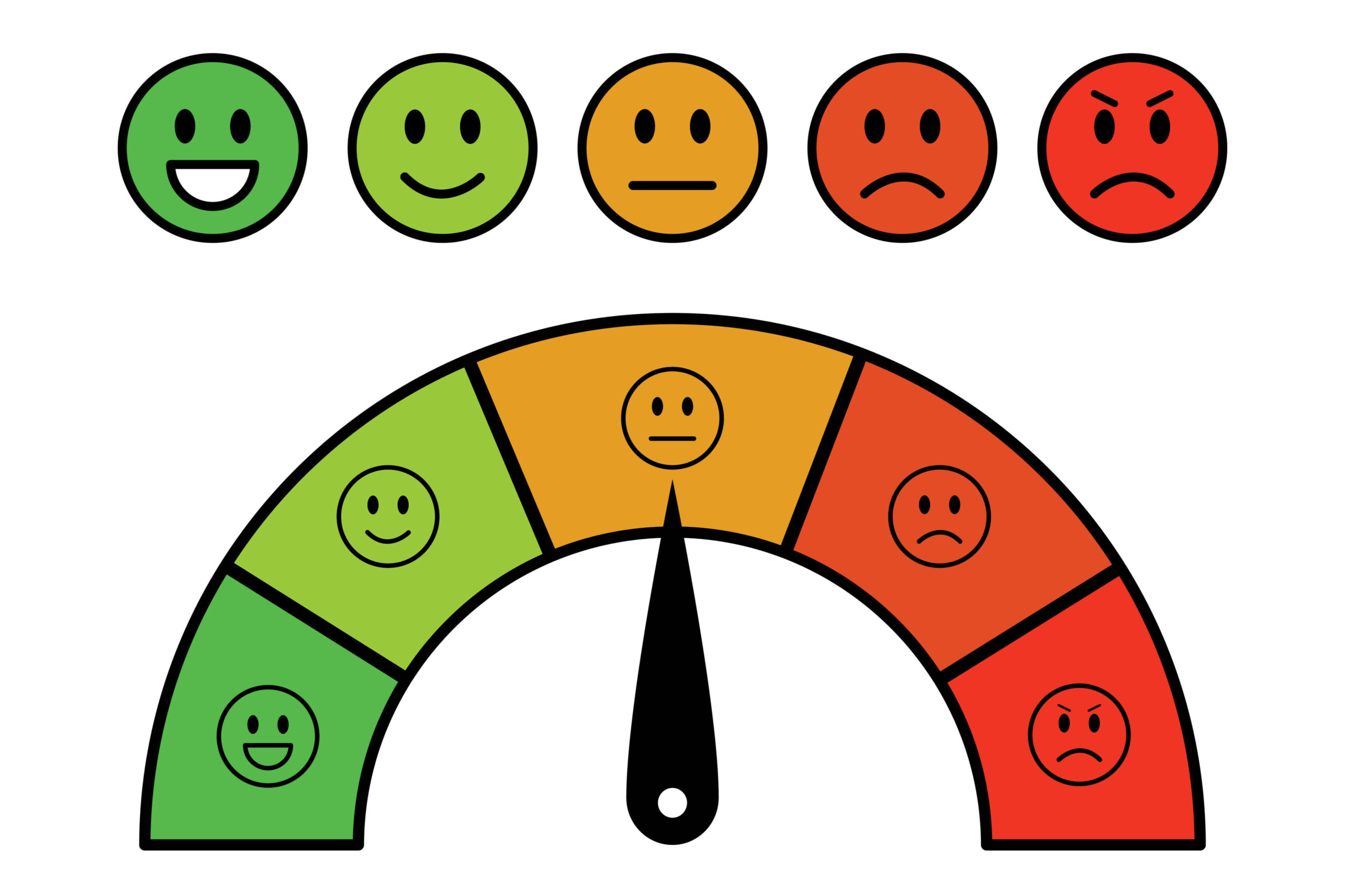Linking Pavlovian disgust conditioning and eating disorder symptoms: An analogue study
The purpose of this 2020 study was to find potential disgust conditioning abnormalities that may play a role in the development of eating disorder symptoms. Participants with high (HED) and low eating disorders (LED) completed a Pavlovian conditioning procedure, in which disgusting videos of people vomiting were shown after the subjects were presented with a neutral food item (this is the conditioned stimulus) in addition to another neutral food item without the disgusting video (unconditioned stimulus). Following this procedure, these neutral food items were again demonstrated in front of the participants but were not reinforced with videos. Those individuals with high eating disorders rated the food that arrived after the disgusting videos as significantly more disgusting, reported significantly elevated fear levels and less willingness to eat, compared to the unreinforced food item. Whereas, the group with fewer eating disorder symptoms were not markedly affected by the conditioning procedure, demonstrating no marked differences in outcome measures. In the whole sample, distinguishable disgust responding was related to calorie consumption over the 24 hours following the conditioning procedure. Olatunji (2020) therefore believes some individuals prone to associating disgusting outcomes with otherwise ordinary food items may be predisposed to the development of eating disorders. [NPID: emotions, eating disorders, conditioning, disgust, fear]
Year: 2020
 Navigation
Navigation






